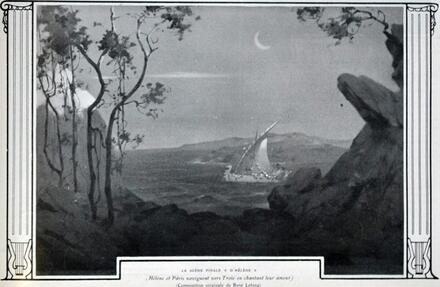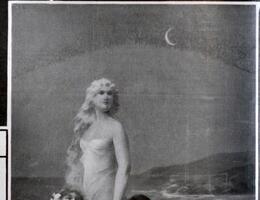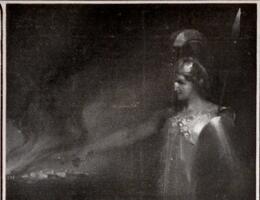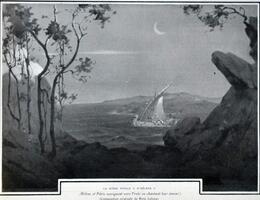Hélène

Poème lyrique in one act. Premiered at the Monte Carlo Theatre. Dedicated to Prince Albert I of Monaco.
“I’m beginning to believe that Hélène is the best I’ve ever done in the theatre,” enthused Saint-Saëns about his poème lyrique, for which he wrote both the music and the libretto, honouring the commission placed by Prince Albert I of Monaco, the dedicatee, and Raoul Gunsbourg, the director of the Monte Carlo Theatre. The work comprises seven scenes and tells the story of Helen’s deep torments, torn between her love for Paris and her loyalty to her husband, Menelaus. At first Helen (soprano) rejects the impassioned declarations of Paris (tenor), but, encouraged by the goddess Venus (soprano), she finally accepts his love. The two lovers march towards their destiny, choosing to ignore the warnings of the goddess Pallas (contralto). The narration is served by an imaginative orchestration that draws on the resources available in the theatre – “A contrabass clarinet, my dream! I will use it in this sinister scene for Pallas.” Saint-Saëns makes the most dramatic use of an off-stage orchestra and chorus – the chorus intervenes in Scenes 1 and 5 and represents the nymphs in Scene 3 – and takes advantage of the technical know-how of the team working at the venue of the premiere, devoting particular attention to the lighting effects. Hélène’s success at the premiere in Monte Carlo on 18 February 1904 led to performances first at London’s Covent Garden in an English translation (20 June 1904), then in Milan (26 November 1904), Frankfurt (14 January 1905) and at the Opéra-Comique in Paris (18 January 1905).




